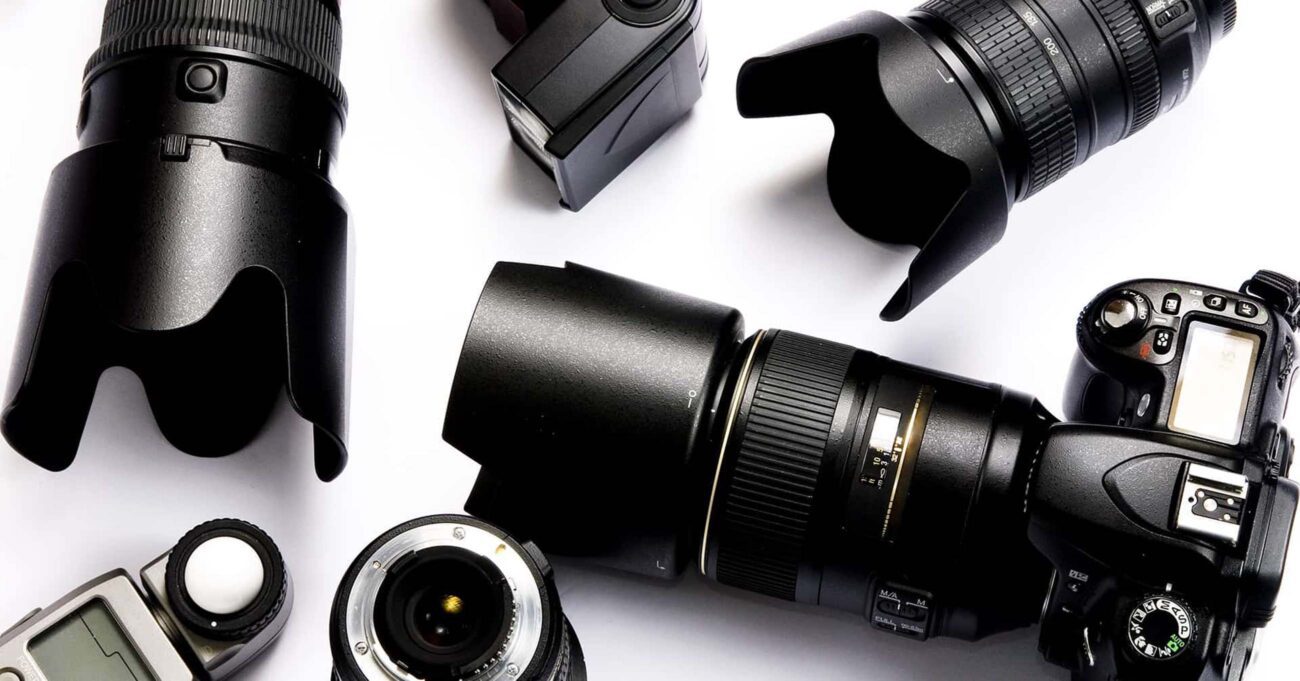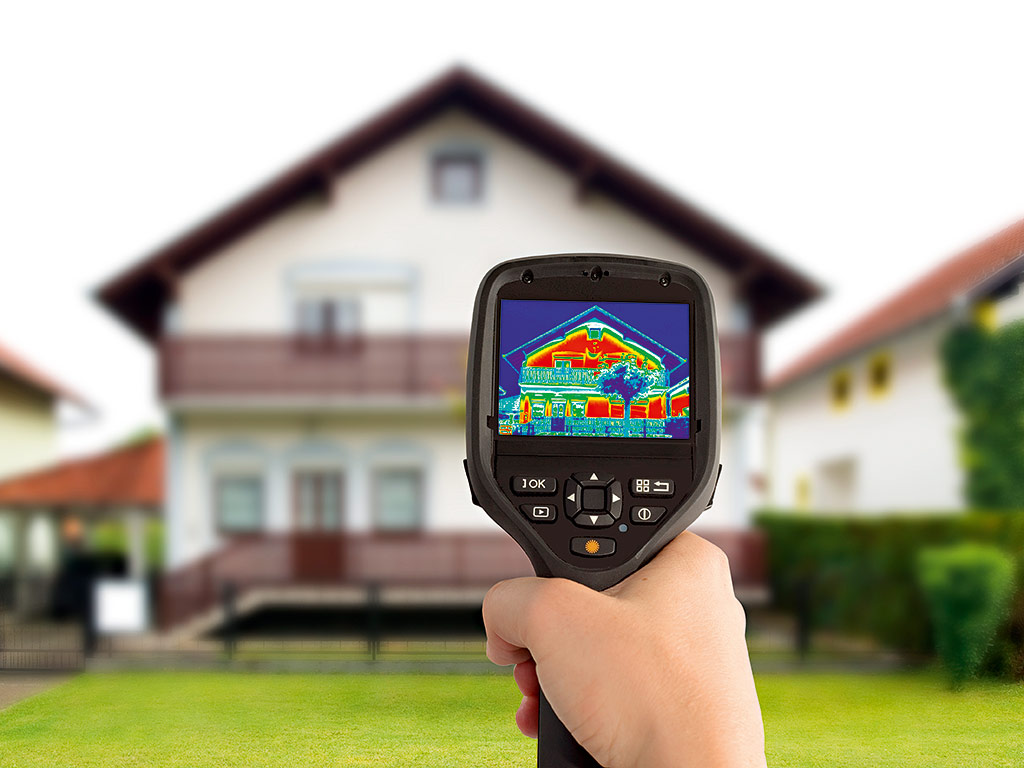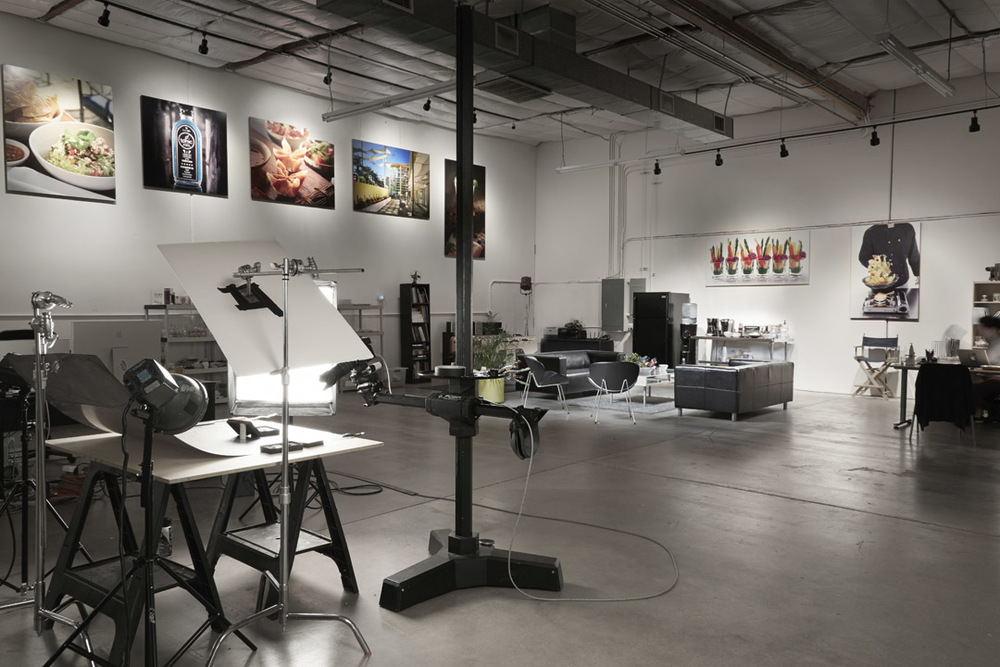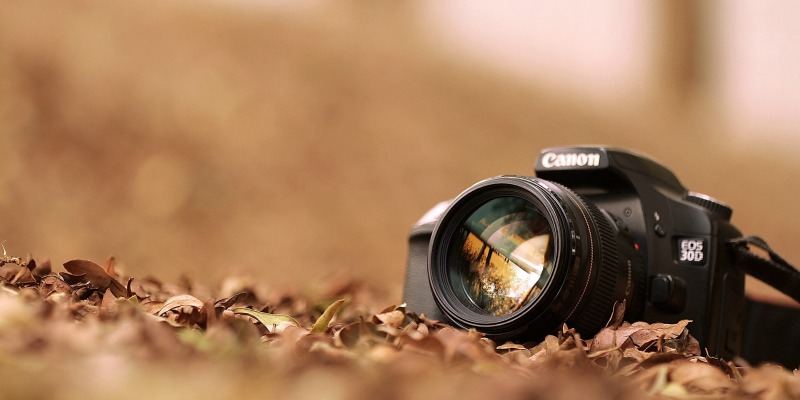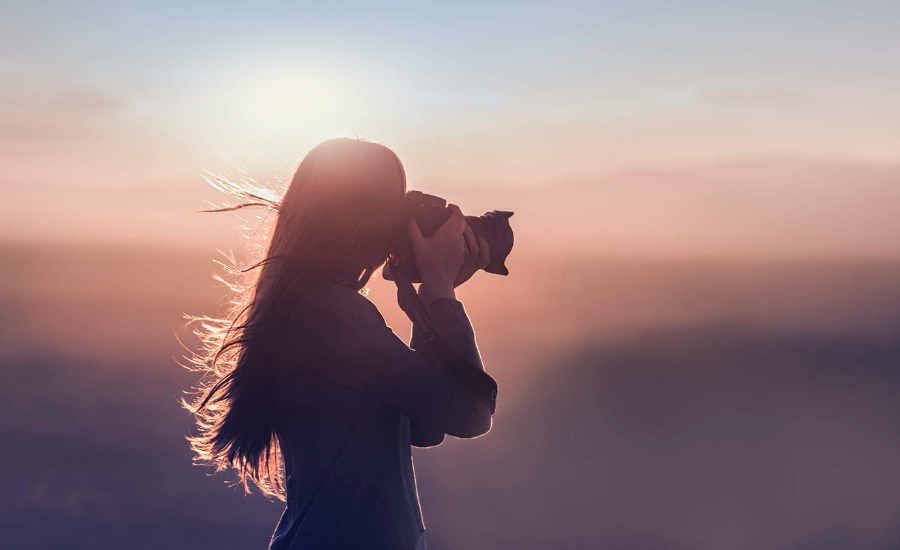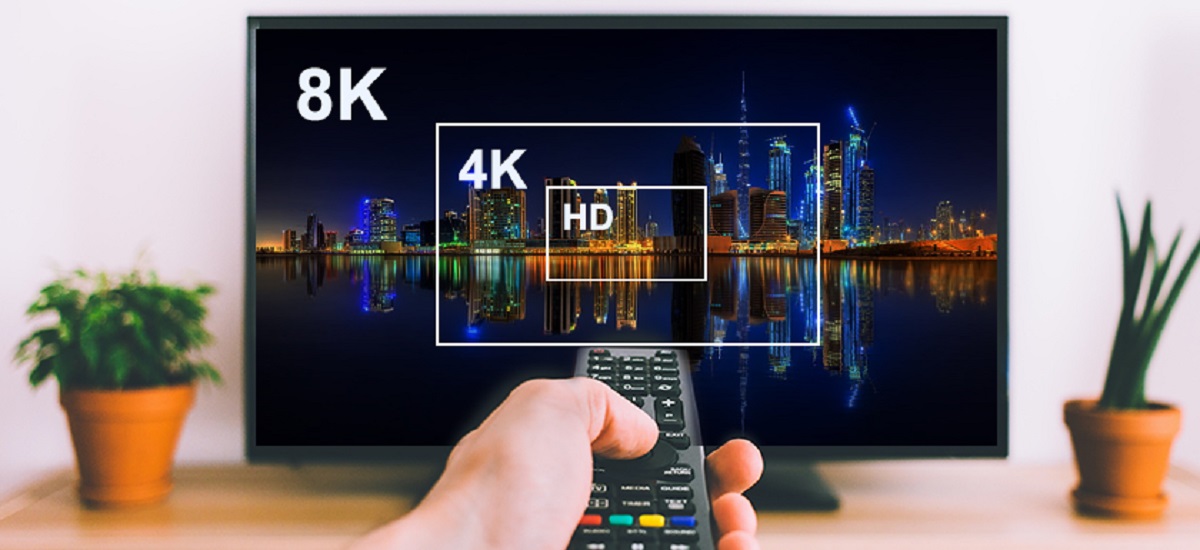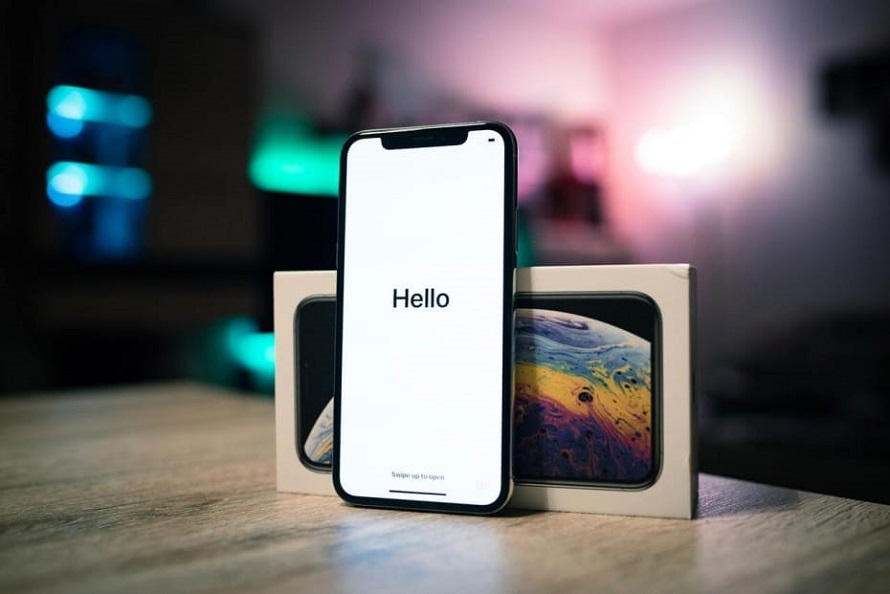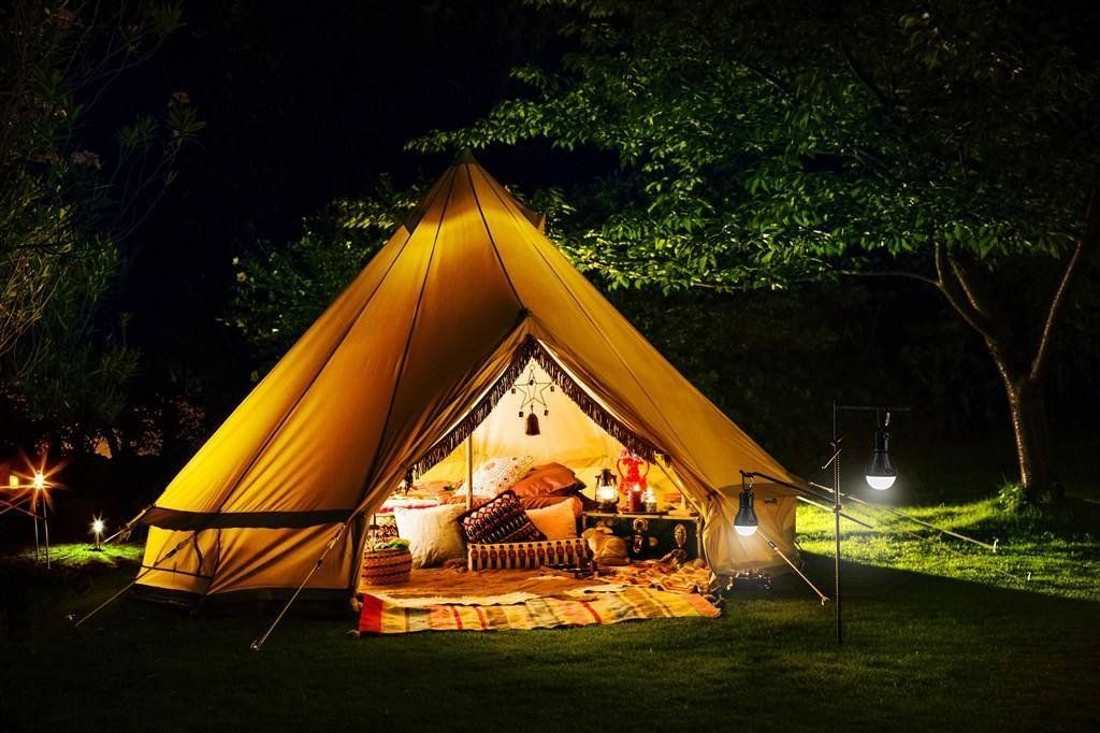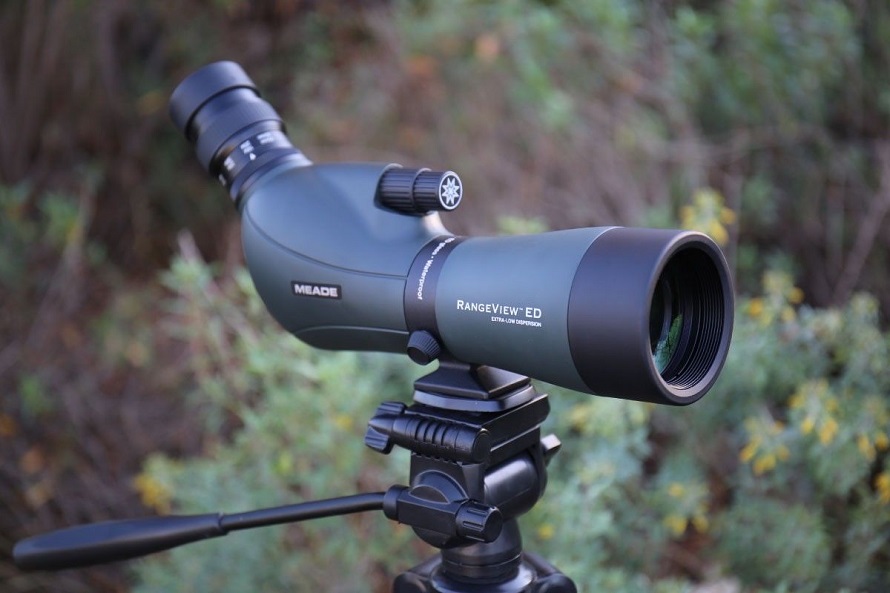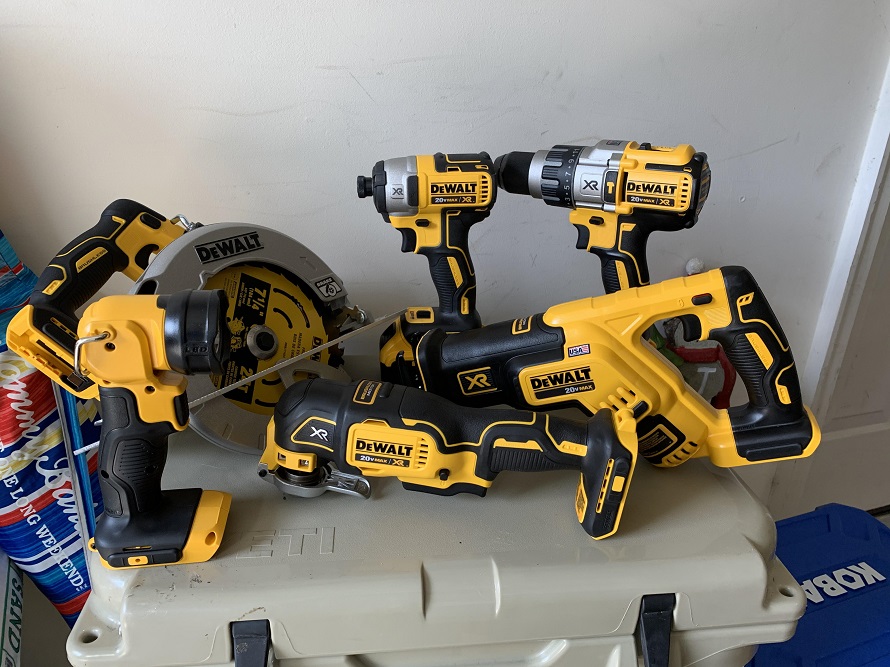Technology
Best Camera Gear for Both Beginner and Professional Photographers
Yes, we can all agree that a great photographer isn’t defined by their equipment. A skilled photographer can work with any camera because they understand how to use light, composition, and context to create a dynamic image. Nevertheless, having the proper equipment to start is helpful, which is why I developed this list of basic photography equipment for beginners (and professionals).
Your First DSLR Camera
When it comes to photography equipment for beginners, you might be thinking about what camera to get. The short answer is that any DSLR camera will do the job and assist you in learning manual mode. However, I recommend buying the best camera your budget would allow while still leaving enough money to buy lenses that are better than those that come with the camera itself.
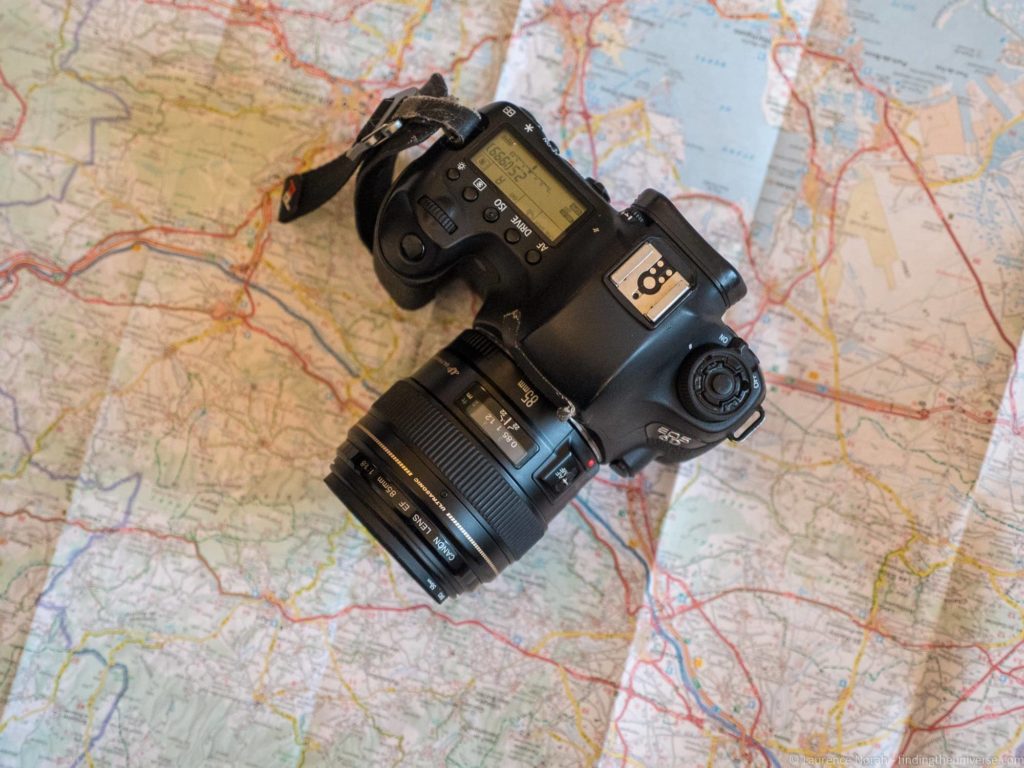
Now you should know that mirrorless cameras are becoming increasingly common, so if you have one, it will work. A reflex mirror is built into DSLR cameras, which bounce light up into the optical viewfinder. Light enters the image sensor directly with mirrorless cameras. Mirrorless cameras have electronic viewfinders that offer the same preview of the image as the LCD screen.
You might be also wondering if you should purchase a Canon or a Nikon. Essentially, they are both fantastic camera brands available at your online camera shop, and the choice comes down to whatever camera body and looks you like. Before you make your decision, you should definitely consult specialists and have them show you samples so you can decide more easily.
Prime Lens
As you may have heard before, you should avoid purchasing the kit lens when purchasing your DSLR. A kit lens is a “starting” lens for an interchangeable-lens camera, such as a single-lens reflex camera. These are relatively cheap lenses, priced at the low end of the manufacturer’s range to keep the cost of a camera kit down. Instead, you could get a 50mm 1.8 prime lens. As soon as you place the lens on your camera, you’ll notice a difference in your images. Such an awesome upgrade!
Lens Pen
When photographing children or animals, it is unavoidable that they will touch your lens. Rather than becoming frustrated, you can clean it up with your lens pen. If you’re like me and lose your lens caps frequently, this is also a wonderful alternative to keep the lens clean.
Camera Bag
Let’s face it, you spent a lot of money on a great camera and lens at the camera shop, so you should make sure you store it safely when you leave the house. Yes, you must take it with you wherever you go. In fact, I challenge you to carry it everywhere when you’re just starting out.
Gray Card/Expodisc for White Balance
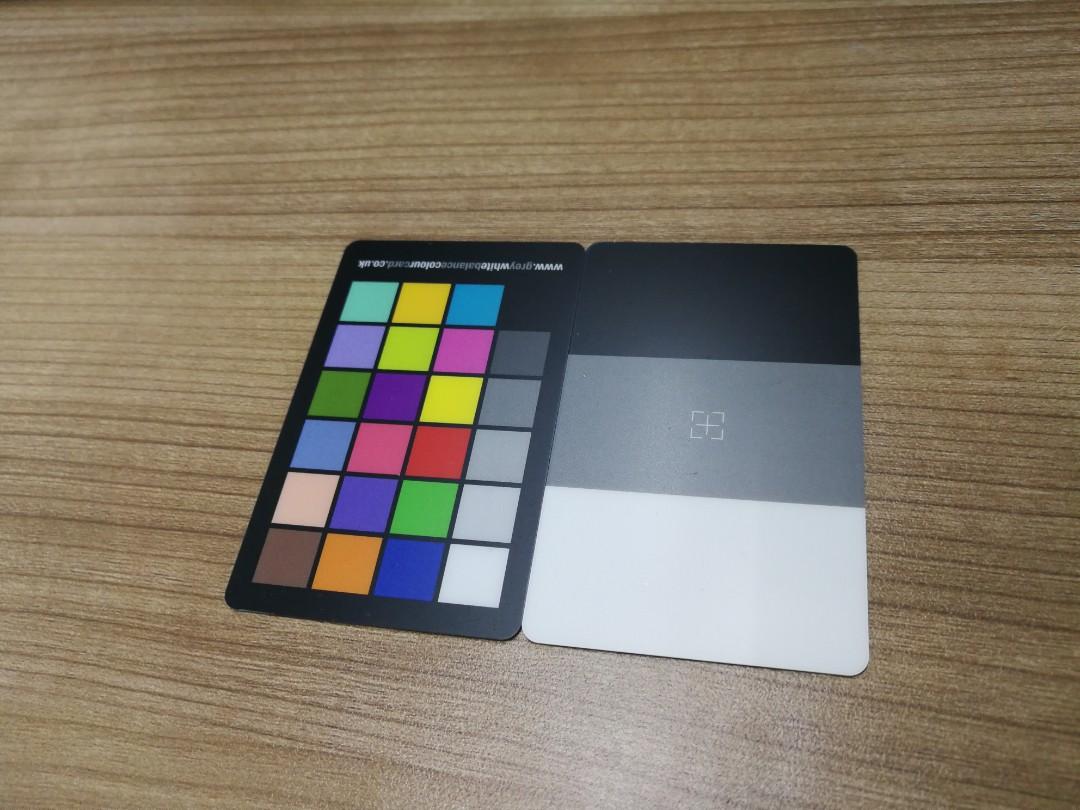
It is not always simple to achieve accurate colour in your photographs. A photographic grey card, on the other hand, can simplify your life. It’s a low-cost, simple-to-use tool that can assist you in achieving the ideal colour balance in all of your photos. To be specific, a grey card is 18% grey. This is a mid-grey colour, the point where the darkest shadows and brightest highlights meet. Your camera’s metre interprets the light reflected from an 18% grey as “normal” exposure. As a result, a grey card is an excellent tool for achieving proper exposure and is used as a reference point.
White Balance Correction in Post-Production
If you don’t want to deal with correcting the white balance in the camera or discover that your images have a colour cast when you get home, you can fix it in post-production. If you have your photographs in RAW format, this method will work better. This file type stores all colour information. Colour correction is also possible in JPEG photographs.
Flash Light
Lighting is a challenge. This is true for amateur and professional photographers alike. So, if you don’t nail the use of flash the first time around, don’t beat yourself up. DSLR Cameras come with a regular flash but you may want to purchase an additional source of lightning depending on whether you want to photograph individuals in low-light situations or mould the light that falls on your subject in your own home studio. Even during the day, it’s a great technique to brighten dark shadows. Consider purchasing an external flash that can work without being tethered to your camera if you’re interested in advanced flash photography.
Tripod
A tripod is a must-have camera gear available at any camera store for any photographer since it keeps your camera steady while also freeing up your hand. Although the concept of a tripod may appear simple, the truth is that it is just as important as its above-mentioned photography equipment companions. Whatever you’re shooting, you’ll need to stabilize your camera at some point, which is where the tripod comes in.
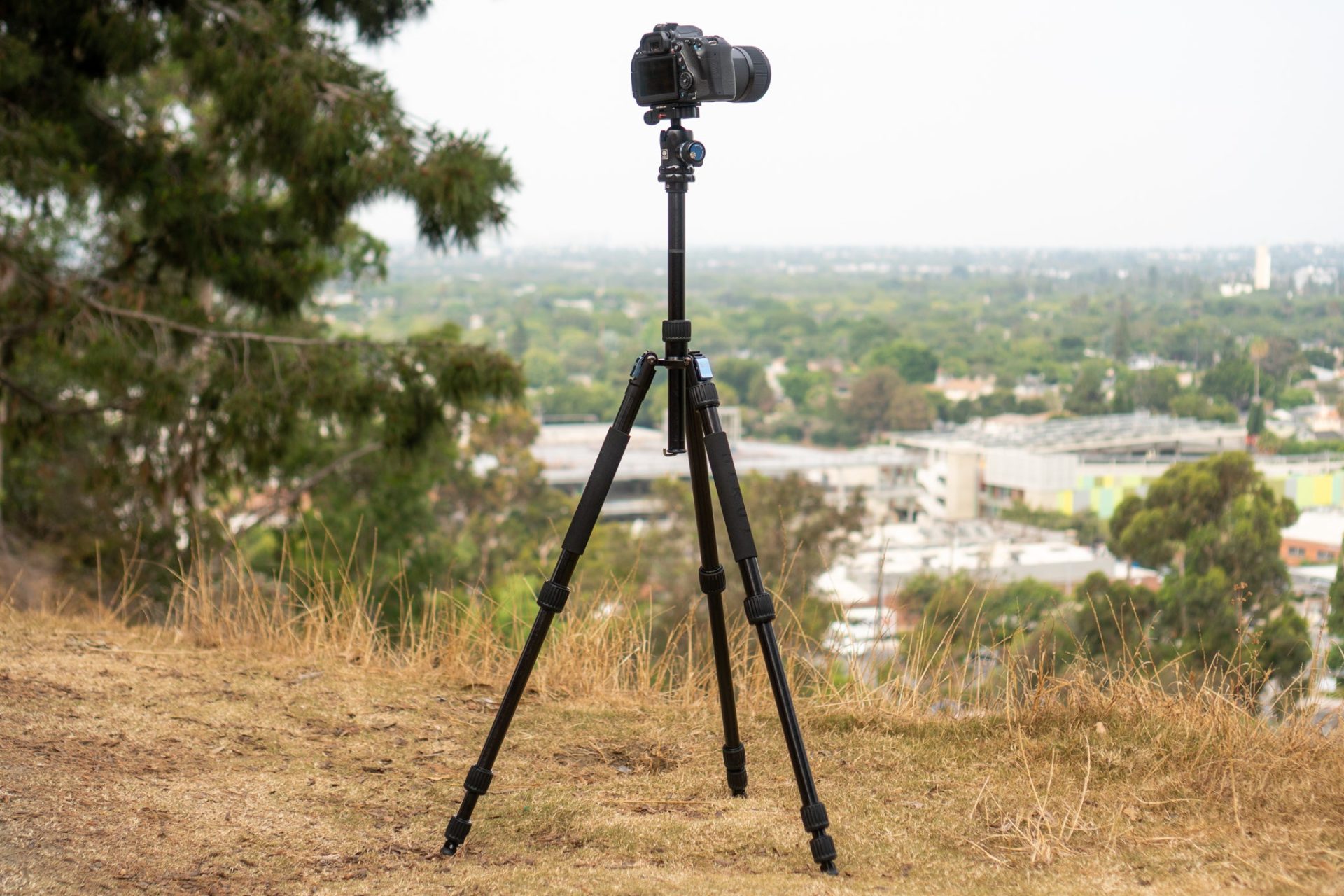
Reminder: Using three aluminium sticks welded together is far less expensive than hiring a human assistant. In addition, you can use your tripod to isolate a reflector, external flash, or even a background. However, a tripod’s primary use is to support your cameras and prevent camera wobble.
Editing Software
While this is an optional element of your “gear,” having good editing software and gradually understanding how to modify it can take you a step farther in the photography game. Even if you simply want to look at your images and keep them as natural as possible.
Lightroom and Photoshop are the two most popular photo editing software programmes. Most new photographers (both amateur and professional) prefer Lightroom since it is easier to use than Photoshop.
Lightroom not only lets you edit your photos, but it also has a fantastic method for categorising them using keywords, stars, and colour coding. It includes everything you’ll need to get started editing photos. Batch editing is one of the best features of this software. This means transferring the modifications from one photo to another.


